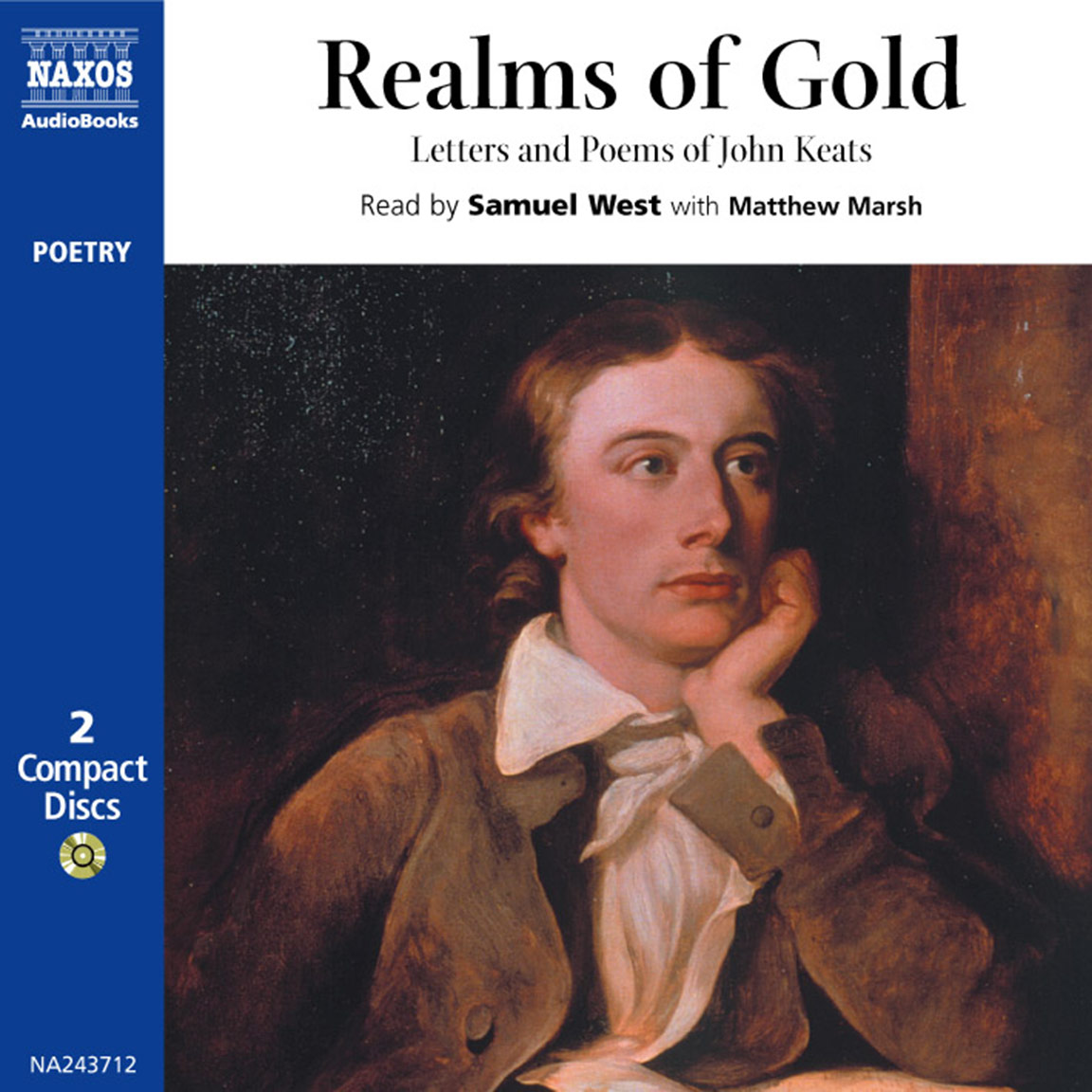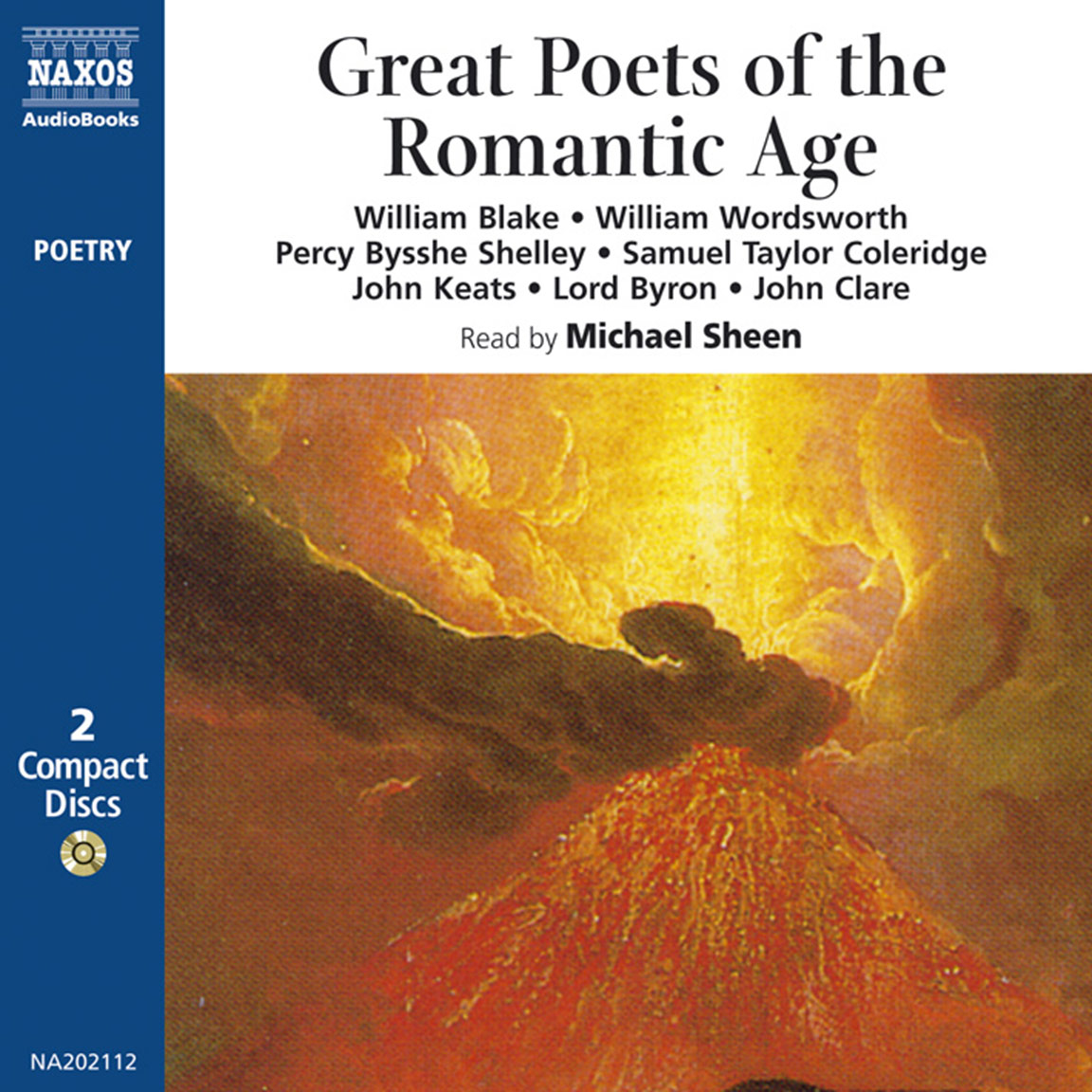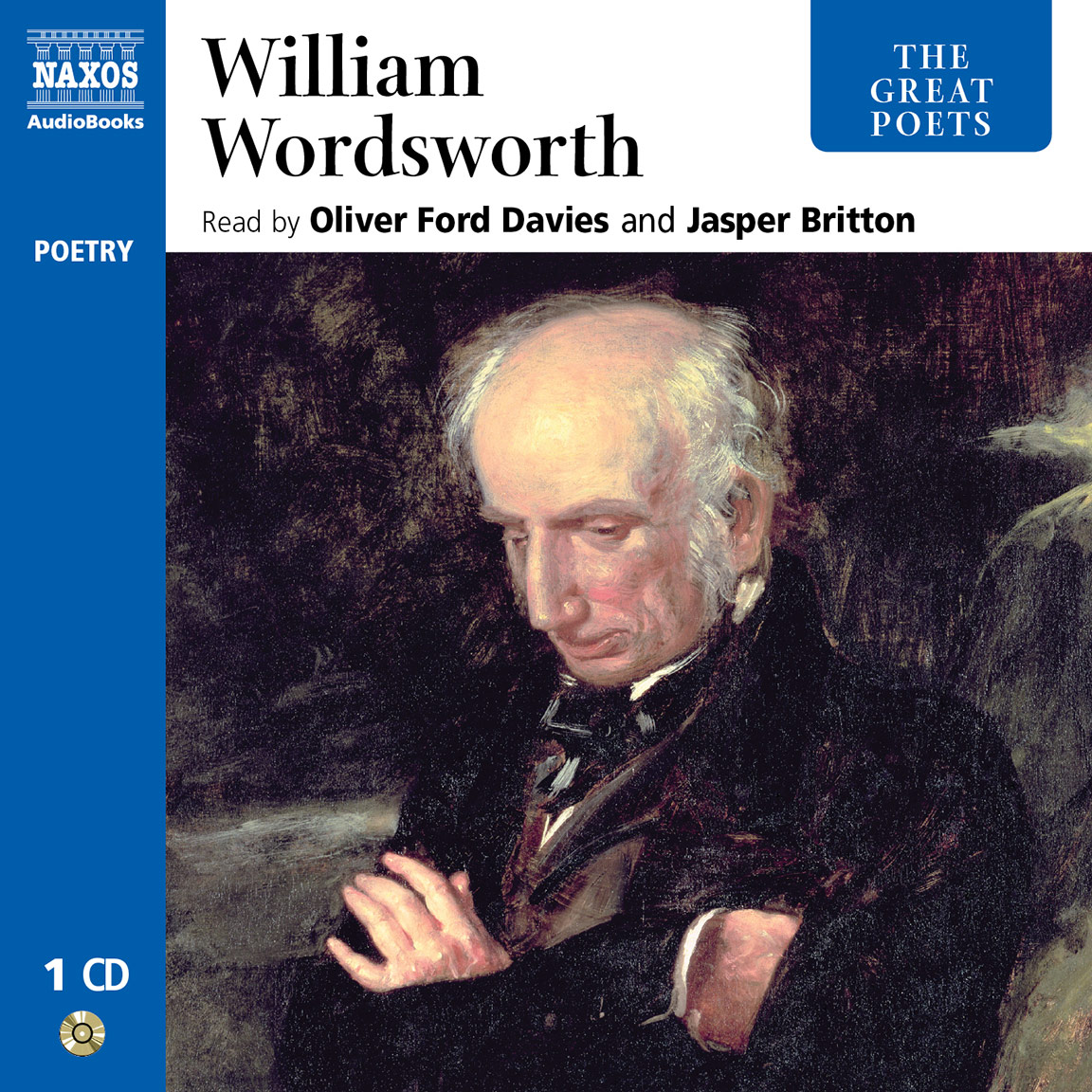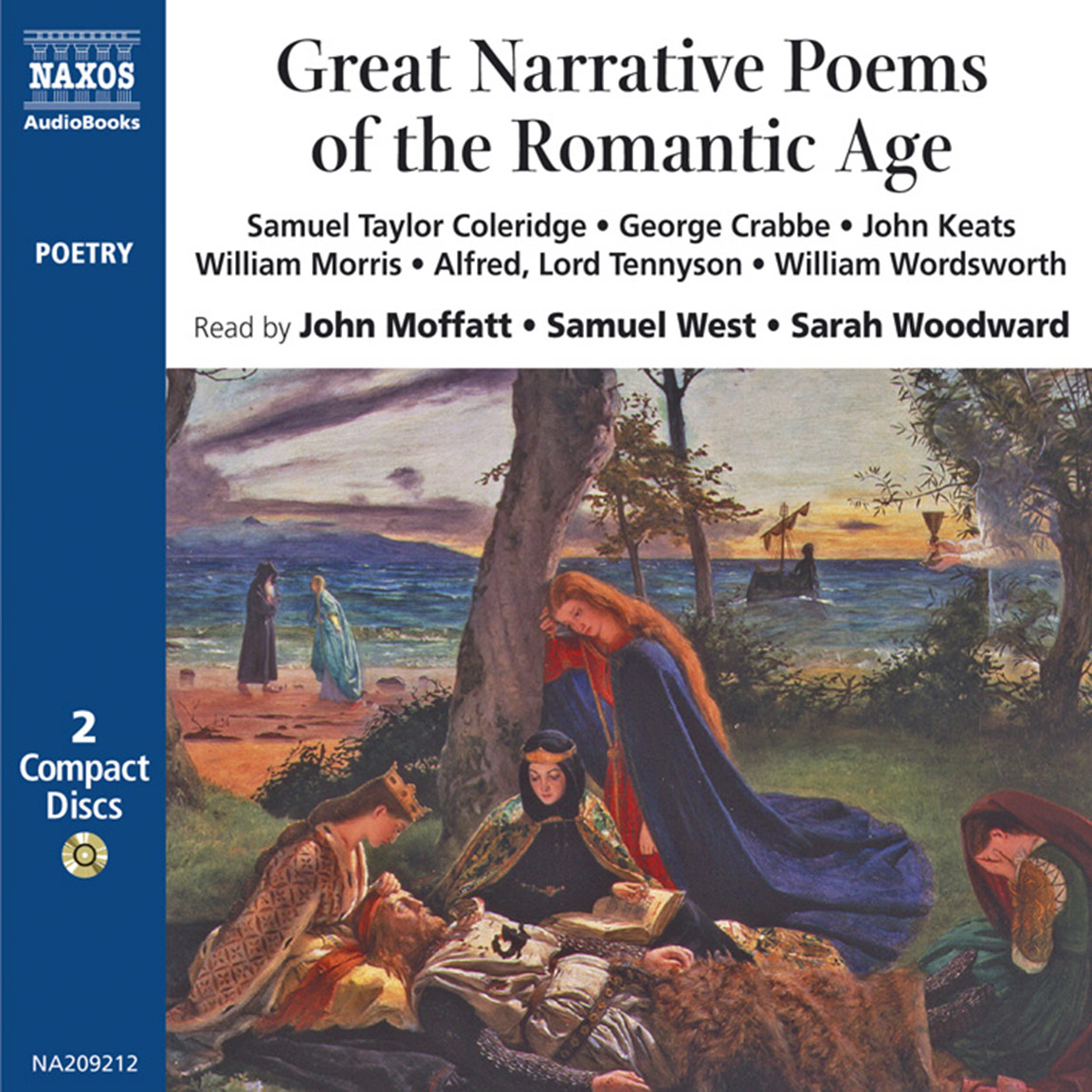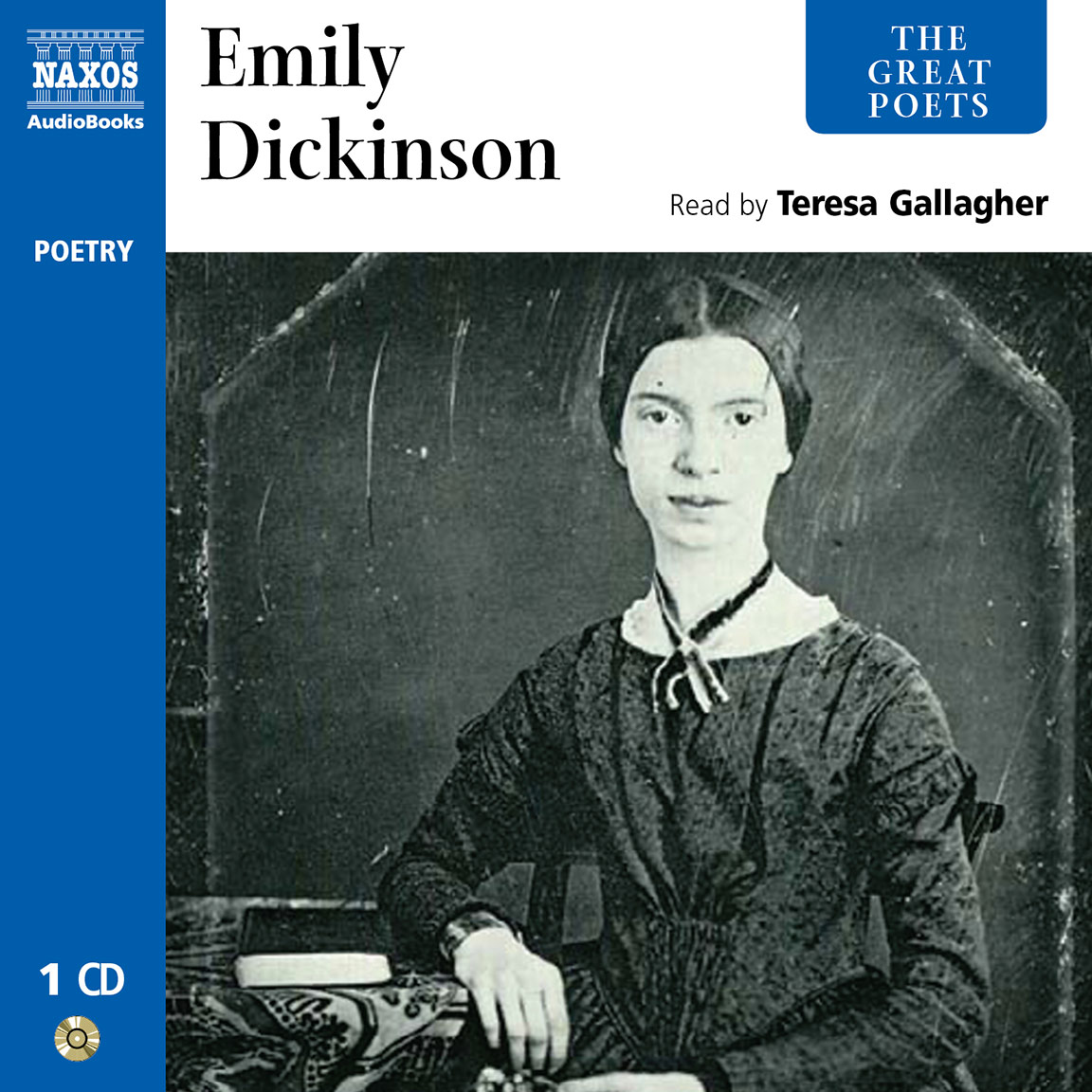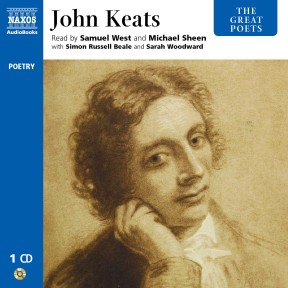
Audio Sample
John Keats
The Great Poets – John Keats
Read by Samuel West & Michael Sheen with Simon Russell Beale & Sarah Woodward
selections
Naxos AudioBooks continues its new series of Great Poets – represented by a collection of their most popular poems on one CD – with John Keats. Although this man had a short life, he produced a series of outstanding poems – many of which appeared first in letters to his sister. He was largely unappreciated during his lifetime, and died in Rome at the age of 26. Most of his 150 poems were written in just nine extraordinary months in 1819. This selection contains some of his finest works, the principal Odes, La Belle Dame Sans Merci, Old Meg and Much Have I Travelled.
-
1 CDs
Running Time: 1 h 08 m
More product details
ISBN: 978-962-634-489-7 Digital ISBN: 978-962-954-661-8 Cat. no.: NA148912 Download size: 16 MB BISAC: POE005020 Released: November 2007 -
Listen to this title at Audible.com↗Buy on CD at Downpour.com↗Listen to this title at the Naxos Spoken Word Library↗
Due to copyright, this title is not currently available in your region.
You May Also Enjoy
Included in this title
- Great spirits now on earth are sojourning;
- Much have I travelled in the realms of gold
- On the Sea
- Wherein lies happiness? In that which becks
- On Sitting Down to read King Lear once Again
- Bright star, would I were steadfast as thou art
- Old Meg she was a Gipsy
- Deep in the shady sadness of a vale
- A casement high and triple-arch’d there was
- Ode to a Nightingale
- Ode on Melancholy
- Why did I laugh tonight? No voice will tell
- La Belle Dame Sans Merci
- On a Grecian Urn
- To Sleep
- Ode To Psyche
- A haunting music, sole perhaps and lone
- To Autumn
- This living hand, now warm and capable
- When I have fears that I may cease to be
- From Endymion
- Fancy
- There Was a Naughty Boy
- The Eve of St Agnes
Booklet Notes
John Keats was born in London on the 31 October, 1795. Two brothers, George and Tom, and a sister, Fanny, followed during the next eight years. Their father, Thomas Keats, helped in the management of his father-in-law’s stables and tavern; their mother, Frances Jennings, was from a well-to-do business family, and seems to have been an intelligent, well-educated and forceful woman.
Young John was himself, by all accounts, of a passionate, possessive, even wilful character: ‘violent and ungovernable’, said a family servant in later years. When he was eight, John began to attend a school in Enfield run by the sympathetic and imaginative John Clarke; but, within a year, the first of the many domestic tragedies which were to afflict the family occurred – his father was killed in a riding accident. A mere two months later, and apparently to the displeasure of John and his siblings, their mother remarried. Before long, the children went to live with their grandmother in Edmonton. In 1810, when John was barely fifteen, his mother, now abandoned by her husband and living in poverty, died.
1814 saw the death of his grandmother, Mrs Jennings, and in the following year Keats entered Guy’s Hospital as a student, qualifying as an apothecary in July 1816. This was the year when his passion for poetry – and for politics, philosophy and the arts in general – truly took hold of him. His circle of acquaintances rapidly enlarged to include such radical thinkers and artists as Leigh Hunt, Hazlitt and Benjamin Haydon. By December, Keats had abandoned medicine in order to pursue his vocation as a poet.
Barely five years of life remained to him, but within that time he was to live with an intensity, a gusto and a creative urgency which would lead directly to the extraordinary poems and letters we have today.
By the time of our first letter – dated 20 November, 1816 – Keats was enjoying the first excitement of an independent, if insecure, literary life. The remaining years were to be dominated by the poetry, of course, but also by a consuming interest in the value and purpose of poetic composition and the nature of the poet himself. At the same time, Keats enjoyed travelling the length and breadth of the British Isles, often walking huge distances in a day; continuing his education by reading everything he could lay his hands on; developing radical political views in a postwar England dominated by timidly conservative attitudes; and, finally, falling in love.
Yet hanging over all this intense pursuit of pleasure, self-knowledge and poetic perfection was the cloud of the ‘family’ illness – tuberculosis, or consumption as it was then known. His beloved brother Tom died of the disease in December 1818 after a long illness, during the latter stages of which Keats had patiently nursed him. The agony of this loss must have been intensified by the absence of his other brother, George, who had married and emigrated to America earlier in the same year. Within another year, Keats himself had begun to show the first symptoms of tuberculosis. He had now to confront the real possibility of his own death within a few years – or even months – his emotional turmoil infinitely complicated by the simultaneous ripening of his love for Fanny Brawne into an engagement, probably in December 1819.
Not long after the onset of the disease, Keats’ poetic composition began to falter, the last of his major poems – ‘To Autumn’ – being written in September 1819: he found the activity of writing emotionally exhausting, perhaps disturbing, especially as he tried to come to terms with the apparent impossibility of sustaining the relationship with Fanny, whom he could no longer see – unless it were by arrangement, when she would greet him through the window from the garden of Wentworth Place. This distance had become necessary after the crisis of February 1820, when Keats had returned to Hampstead on the outside of the coach: he staggered home to Wentworth Place, both chilled and feverish, and coughed blood as he got himself to bed. With extraordinary calmness, Keats asked his friend Brown to bring a candle by which he could inspect the discharge, and then announced: ‘I know the colour of that blood; it is arterial blood. I cannot be deceived in that colour. That drop of blood is my death-warrant. I must die.’
Keats’ last hope seemed to lie in a kinder climate, and to that end he set sail for Italy in September. His last known letter was written from Rome in November 1820: he died on 23 February, 1821, at 26 Piazza di Spagna.
Perry Keenlyside
